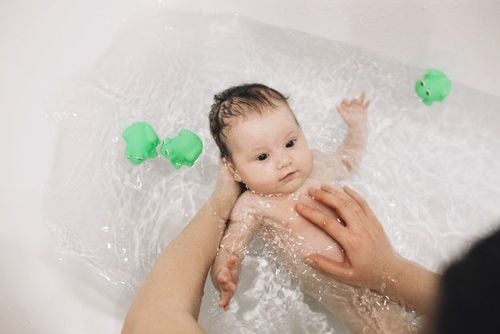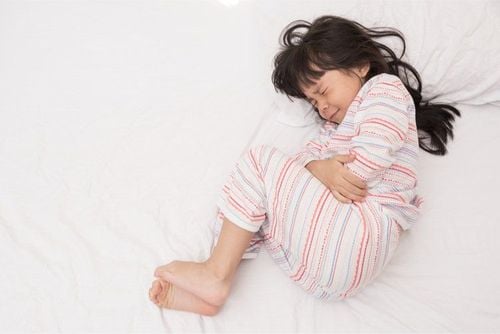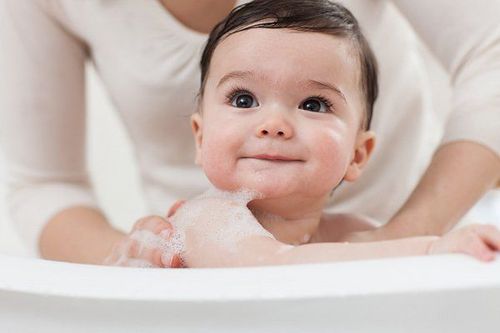This is an automatically translated article.
This article was professionally consulted by resident Doctor Ho Thi Hong Tho - Neonatologist - Department of Pediatrics - Neonatology - Vinmec Phu Quoc International General Hospital.Today's children bathing is often a complicated story of today's parents. Parents may not fully understand the psychology of babies. There are many reasons why babies don't like baths, how to show them that bathing is the fun part of everyday life. The following article gives us a better understanding of this issue.
1. Why does the baby not like bathing?
1.1. Does your baby have a sore bottom or a rash? Diaper rash is common in infants, children aged 0-1 years, and toddlers. Or baby eczema? Sometimes eczema develops in the folds of your baby's legs and arms without you noticing. Water can enter the skin if the baby's skin is scratched or infected.When the baby may have bruises or pain in the buttocks or have a rash on the whole baby's body, it also makes the baby uncomfortable, affects the baby's functioning, and makes the baby not like to bathe. Therefore, mothers carefully observe and help their babies to make bathing more enjoyable and effective.
1.2. Is your baby tired? By the time you're bathing your baby and getting everything ready, your baby may be yearning to go to sleep. If you think this might be the case, try starting your bedtime routine a little earlier.
1.3. Is the baby hungry? Try giving your baby a bath after he's fed or eaten. Wait half an hour after eating to give your baby a chance to digest the food.
Avoid giving your baby a bath just after you finish feeding, as that will affect the baby's digestion: such as gastroesophageal reflux disease, or make the baby vomit while taking a bath.
1.4. Is your baby cold? Ideally, the bathroom should be around 21 degrees Celsius or warmer. Check for drafts, and warm your hands before undressing your baby and taking him into the tub.
Mothers can use the thermometer to measure the bathroom temperature for more accuracy.
1.5. Is the water at the right temperature? Mothers check the temperature of the baby's bath water, to avoid uncontrolled burns to the baby's skin. Use your elbow instead of your hand to check, as your elbow will be more sensitive. If you're still unsure, use a bath thermometer. The ideal temperature for bathing your baby is between 37 degrees Celsius and 38 degrees Celsius, equal to body temperature.
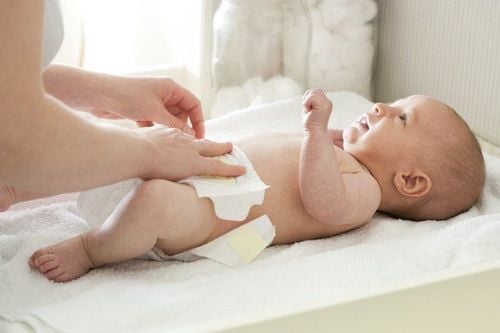
Hăm tã có thể khiến cho em bé không thích tắm
1.7. Are you afraid of getting soap in your eyes? Many children do not like to wash their face or wash their hair, they are afraid of water for this reason. Look for gentle soap-free bath products designed for babies. You can use a wet flannel cloth to gently rinse away the excess oil from your hair.
1.8. Does your baby want to be with you? Try taking a bath together. This will be easier if another adult is around to help you get your baby in and out of the tub. If your baby has an older sibling, you can let him or her bathe or play with him from the side of the tub.
Sometimes, there may not be an answer to why your baby suddenly doesn't like bathing. Hopefully for a while your baby will be less upset and bath time will become more enjoyable.
In the meantime, try to have fun in the shower. Give your baby some age-appropriate bath toys. Having fun can help reduce anxiety.
It can also be helpful to keep bath time as short as possible. Have a warm, soft towel ready to wrap your baby as soon as he or she is out.
2. Some methods to help your baby enjoy bathing
Before bathing, you should prepare enough towels, shower gel, bath water, toys for the baby.... this preparation helps mothers save a lot of time for the babies. You should choose a towel with many cotton fibers to absorb water faster to help the baby cool down. Gradually switch to baby bath: Moms and dads will put their babies in an empty baby tub and fill another tub with warm water. Will start by pouring water on her toes with a cup and work her way up. That stopped most of the crying because there wasn't much water in the tub. Place your baby on the parent's lap, when there is water in the tub, and then let him put his hand in it. Do this for a few minutes, and then drop the baby in the water. If the baby cries or screams in the bath, parents should not yell at the baby, but stay calm, patient, and patient. Speak softly to your baby, whisper in your ear a story about a certain topic to your baby, buy animal toys for your baby to like to create an environment for your baby to take a bath. Distract your baby with songs and conversation. Play a song your baby likes, let her bathe and dance to the music and have time to relax. Switch from bath to shower. When showering, you should not spray directly on the whole body. But put the nozzle on each position on the body to avoid cold or heat shock. For example, you put water on your legs first, then your hands, then your stomach (avoid spraying water directly from the top of your head, so it makes your baby uncomfortable and scared).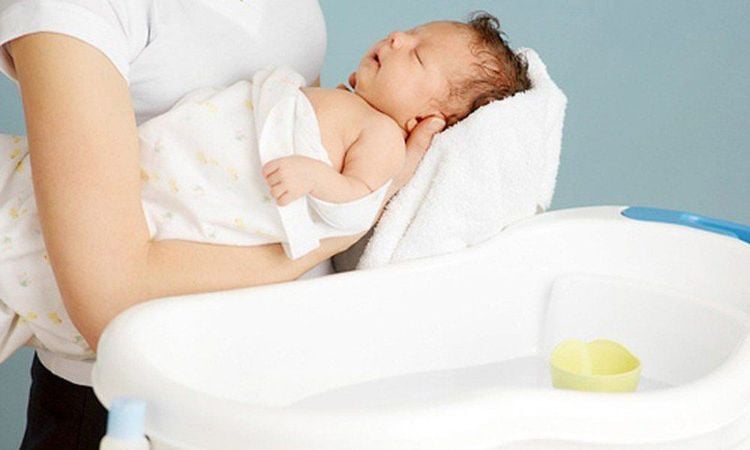
Khi tắm cho em bé, bạn nên kiên nhẫn, chịu đựng dù bé có khóc hay gào thét
Reference source: babycenter.co.uk






